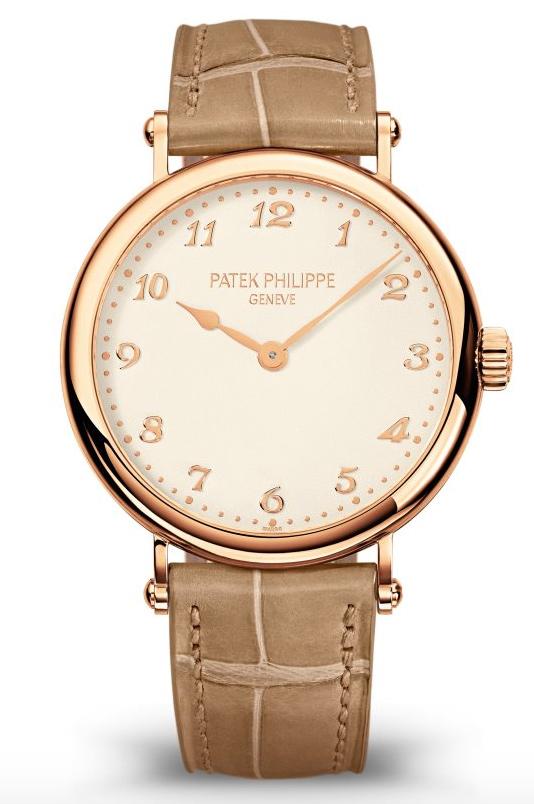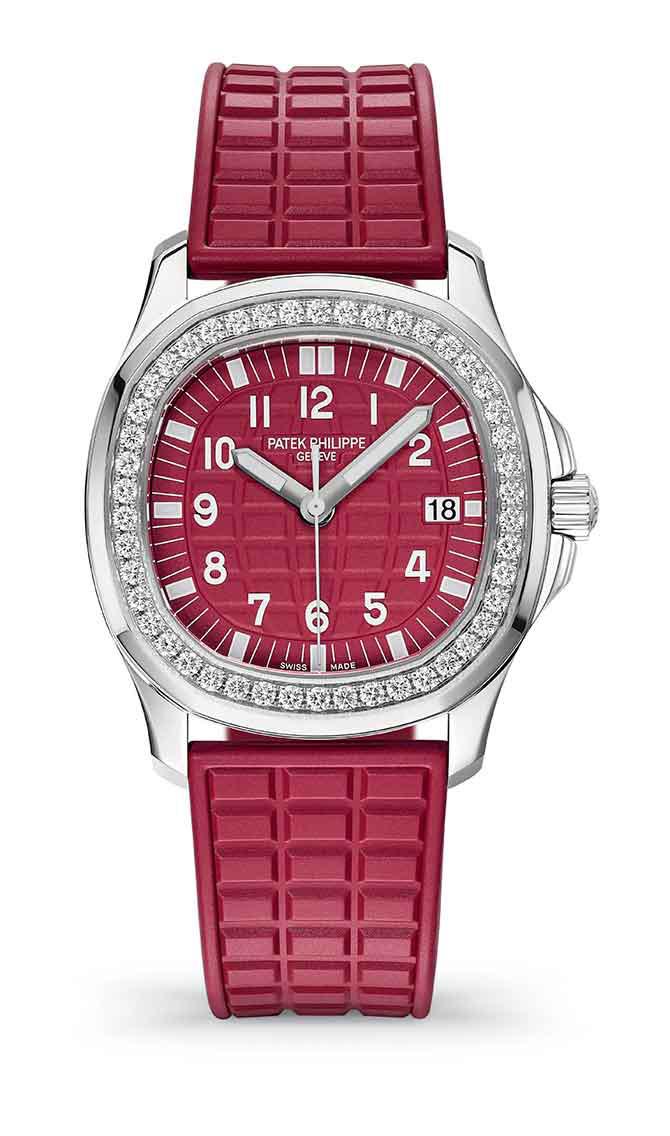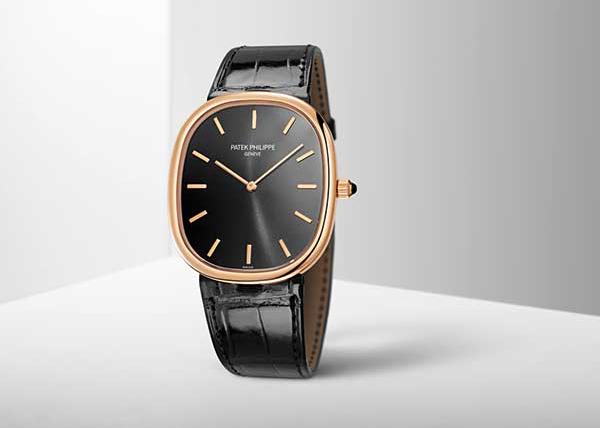A Practical Buying Guide to Patek Philippe Watches
The hierarchy of the luxury watch trade is subjective. Is Vacheron Constantin more prestigious than Breguet? It all depends on whom you ask, and on which period of the brand’s history you’re talking about.
On one point, however, there is consensus: Patek Philippe reigns supreme, no matter the decade.
Founded in 1839, the Geneva-based brand consistently dominates the auction rankings. Of the top 10 most expensive wristwatches sold this century, eight were Pateks (a Rolex and Richard Mille round out the rankings).
Experts attribute the brand’s resale value to a host of factors, including its independence (Patek has been owned by the Stern family of Geneva since 1932), dedication to quality craftsmanship, limited production, rich history and fierce commitment to safeguarding its legacy.
Then there’s its storied “Generations” advertising campaign, which has, since 1996, made clear that “You never actually own a Patek Philippe. You merely look after it for the next generation.”
If you’re considering purchasing a Patek Philippe, you probably already own a few nice timepieces and you’re ready to level up.
“People often start with Rolex and Omega — they do a deep five into that universe until they have everything they want or they’re frankly bored or they’re ready to jump into a higher echelon,” says John Reardon, formerly international head of watches at Christie’s and now the founder of Collectability.com, a trading platform for Patek Philippe timepieces.
“A lot of collectors are completely vertical and obsessed with all things Patek Philippe,” Reardon adds. “Once they start climbing up in the world of Patek Philippe, and they have bought all they could, then they start going back to the past. They start with modern discontinued pieces and dive deeper. What’s beautiful about Patek Philippe is you can keep going further back into the past, well into the 19th century. A lot of these collectors go to pocket watches.”
Below are some ideas to keep in mind as you begin your own collecting journey into this most storied of brands.


Familiarize yourself with Patek’s range of models (and reference numbers).
Are you interested in a classic dress watch? Then the Calatrava, the name of both the brand’s dress watch collection as well as its signature round case style, is for you. Encased primarily in gold or platinum, the model shares its moniker with the company’s symbol, the Calatrava Cross, named for a 12th century Spanish order of Cistercian knights that was meaningful to the founders, Antoni Patek and Franciszek Czapek, both of whom were of Polish Catholic origin.
Sport watch lovers will surely know the story of the Nautilus, whose most iconic reference, the 5711, burned up the secondary market during the pandemic (at the peak, in early 2022, the steel model, which retailed for around $36,000 before being discontinued in 2021, was going for more than five times its retail value on secondary channels).
Beloved for its octagonal bezel, designed in 1976 by the legendary Gerald Genta, the Nautilus now comes in 27 references, from a simple unadorned steel ladies’ version to a diamond-tastic white gold model with a fully flooded dial, case and bracelet.

The Aquanaut is the Nautilus’ younger and even sportier sibling. Introduced in 1997 on a then-scandalous rubber bracelet, the model is today one of the brand’s most in-demand timepieces.
The Gondolo and Golden Ellipse are shaped watches with groovy histories, beloved by collectors. So, too, are the brand’s complicated watches, such as the legendary World Time model.

If you’ve collected all of the above and you’re prepared to spend incredible amounts of money, you may be ready for a Patek Philippe grand complication, typically referring to a timepiece with four or more functions, including a chronograph, perpetual calendar, minute repeater, and power reserve indicator. Make no mistake: This is the tippy top of the horological universe, so budget time (and money!) accordingly.
Finally, let’s not forget the Twenty~4, a bestselling collection of quartz and automatic watches designed for feminine tastes, or Patek’s bounty of Rare Handcrafts timepieces, including both wristwatches and pocket watches bearing intricate scenes handpainted in enamel, elaborate engraving, gemsetting and marquetry.

Consider buying a pre-owned model.
Patek Philippe, like Rolex, sells its timepieces through a small and tightly controlled network of authorized dealers, all of whom remain stubbornly brick and mortar. Production in Geneva is limited and with supplies divvied up between all of Patek’s global dealers, the pickings at any one store are necessarily slim. The upshot is that strolling into an authorized retailer and having the opportunity to buy any Patek you desire is exceedingly rare.
“The greatest concern is the new collector can’t walk into a store and buy a Patek Philippe,” Reardon says. “There’s nothing available. They’re met with signs that say ‘reserved,’ waiting lists or a polite salesperson saying, ‘Sorry, we can’t take more clients.’
“The storyline I hear from my clients is that they’re done with not being able to buy anything from their authorized dealer and they move to vintage,” Reardon adds.
The secondhand marketplace teems with pre-owned Pateks, including gently used modern models, vintage pieces (including those from the brand’s 1940s and ’50s heyday) and neo-vintage styles (timepieces produced in the 1980s and ’90s). Platforms such as Collectability and WatchBox offer newbie collectors a wide selection (including some watches priced for as little as $5,000) as well as plenty of educational content.
Classic time-only watches are a great place to begin.
“A great starter Patek watch is a 5119 or even a 3119 Calatrava, the classic hobnail round time-only piece,” Reardon says. “That is a starting point for many people. Others like to start with sports watches, but we know that storyline — prices for the Aquanaut and Nautilus are still well above retail, double or more. (But the era of quadruple retail is starting to erode.)
“That said, I still see people new to Patek Philippe buying a pre-owned Nautilus or Aquanaut as their first watch,” he adds. “They’re used to wearing a Rolex and putting on an Aquanaut or Nautilus doesn’t take a big leap. They’re the gateway watches, but not quite entry priced.”
Visit the Patek Philippe Museum in Geneva.
If you happen to be passing through Geneva, don’t miss an opportunity to visit the Patek Philippe Museum in the heart of the Plainpalais district to bone up on your Patek scholarship. Its extraordinary collection of watches isn’t limited to the brand’s creations — visitors will be able to trace the history of horology through the centuries.
Befriend your local authorized dealer.
Even if you can’t buy your dream Patek from your local authorized dealer, don’t be afraid to make friends.
“Recently I was at the new Patek Philippe salon at the Tiffany & Co. in New York — they take you through history of Patek Philippe in the United States,” Reardon says. “The staff is not there to sell you a watch; they’re there to educate you.
“You have to find the right people to be your shepherds in the world of Patek Philippe — that’s my main message. There are really good salespeople who want to infect you with passion and knowledge and when you’re lucky enough to find them, you’re set on your lifelong journey.”



